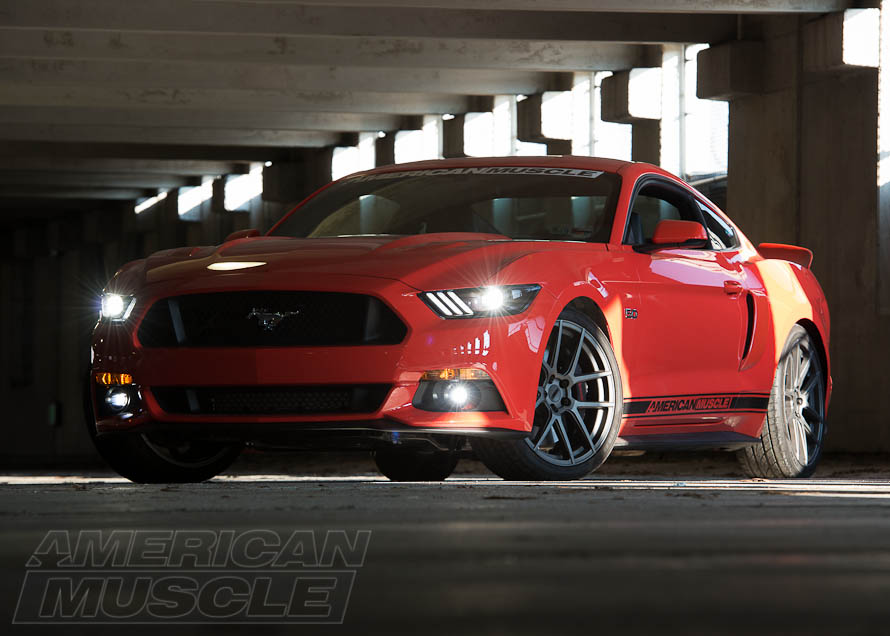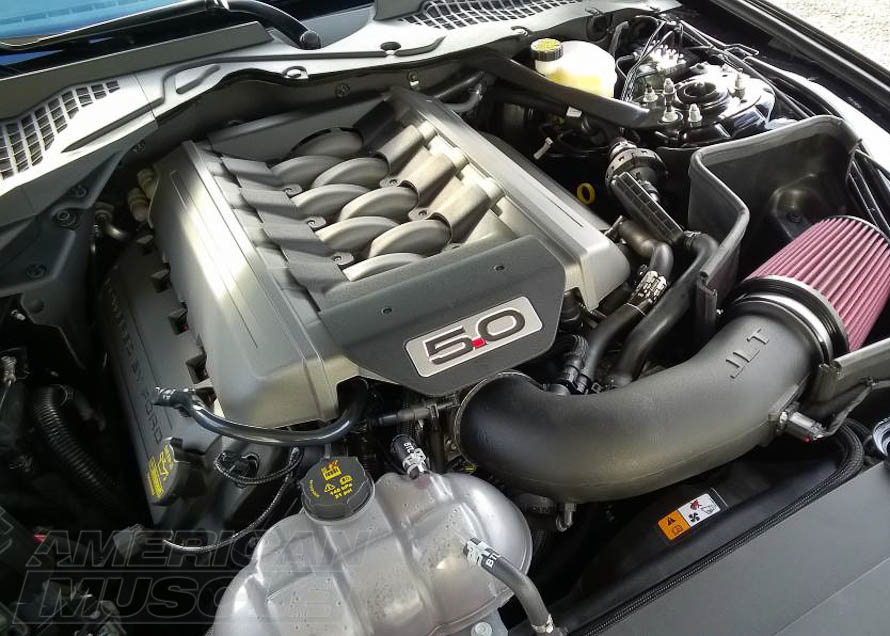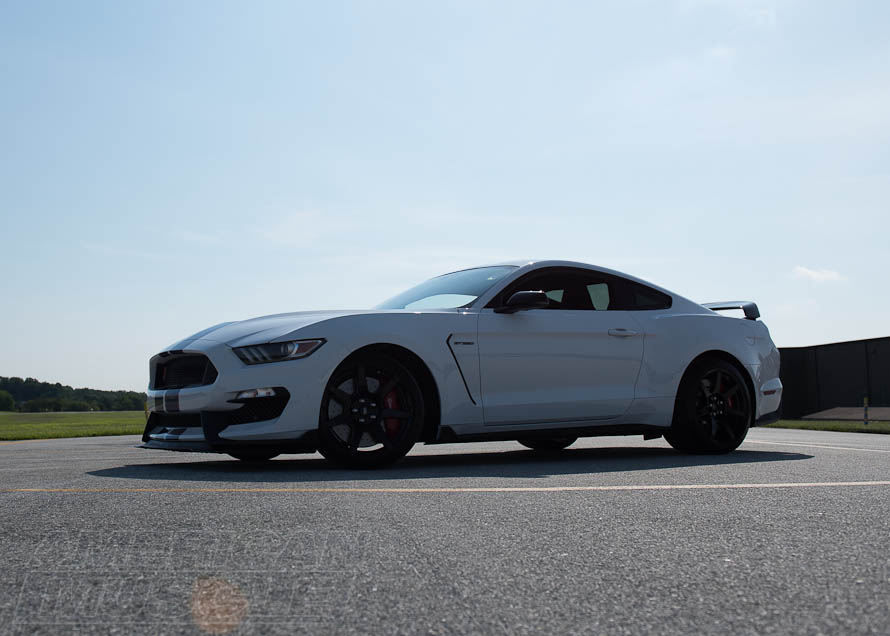With the change from the s197 model to the new s550 model, there were also upgrades happening outside of the body and chassis. The all mighty 5.0 coyote was changed as well. The Mustang gained 15 horsepower, and at first glance this would be a minor change. However, there's a slew of other changes to make the coyote a new beast.
Contents
Shop S550 Valvetrain
Letting your engine breathe will net you more ponies under the hood, and in various ranges across the RPM band. With the right set of cams, you'll make power exactly where you want to.




